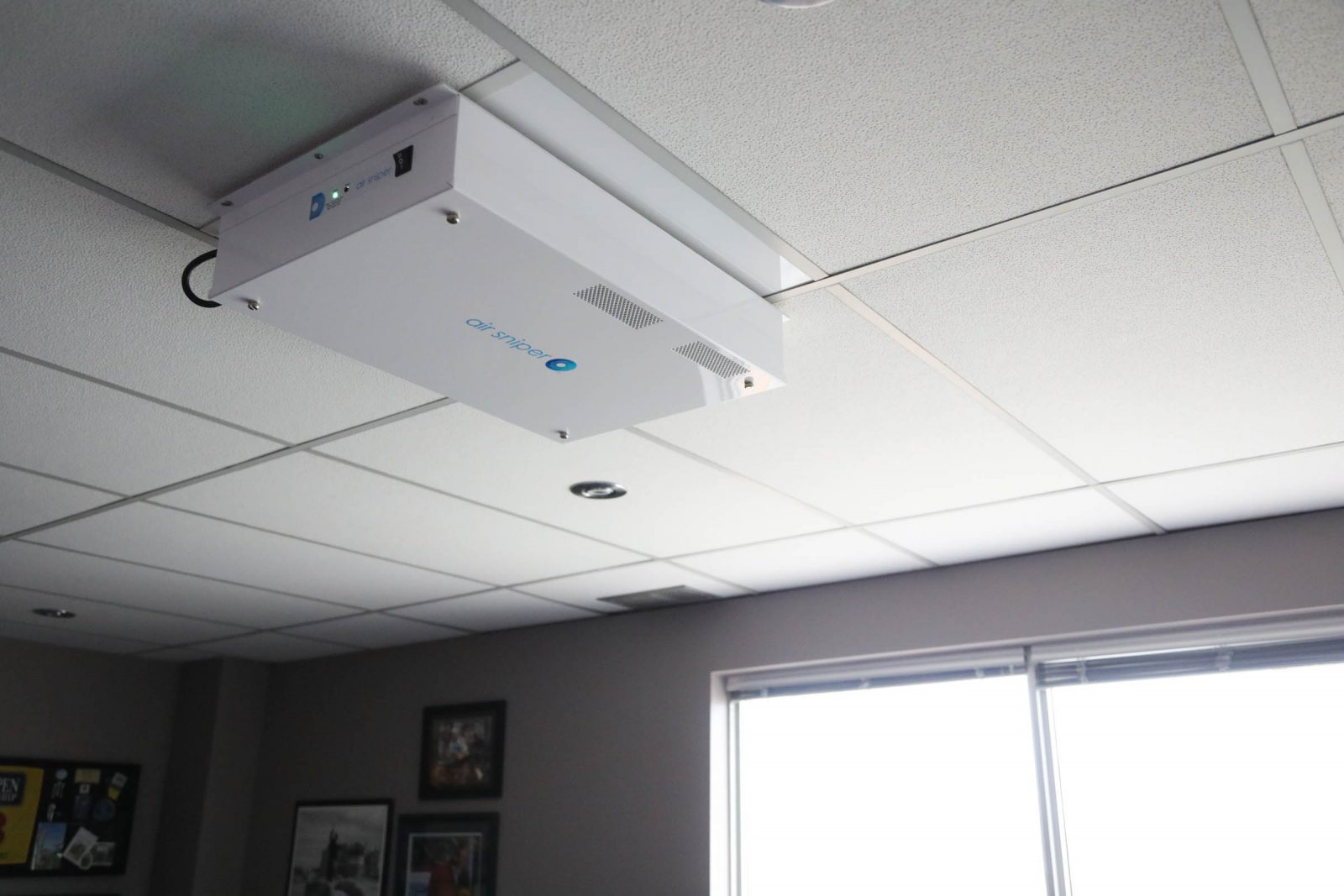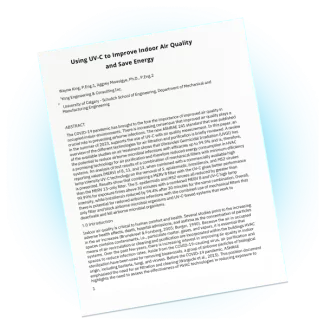The world is changing. There is a greater pressure on businesses to protect both their employees and customers in equal measure. Although there is continual improvement in the areas of sanitization and disinfection, these methods still focus on high-contact surfaces and manual cleaning. However, many people omit thoughts about the air’s cleanliness, and the potential exposure they may face on a regular basis.
This focus, on the areas we can touch and manipulate, is understandable but misguided as well. The reason face masks and social distancing are such effective tools in the fight against the Coronavirus, and other diseases, is because they give us a larger air space with more room for dispersion. However, these methods are only so effective.
For those managing a building or operating a business, it is also essential to cycle the air’s volume in their building regularly. This ventilation process removes harmful pathogens and microorganisms. Additionally, it prevents pockets of dead air and the harmful buildup of certain gases.
Historically, the advancement of ventilation follows a similar path to most technologies. In Ancient Rome, for example, the architectural design of buildings encouraged passive ventilation. More recently, during the sinking of the caissons for the Brooklyn Bridge, steam engines were used to circulate the air and maintain consistent air pressure.
In our modern era, ventilation technology is far more advanced. We use large air exchange units to pump hundreds of thousands of cubic litres of air through large office buildings, industrial manufacturing facilities and anywhere else large groups of people congregate inside. These systems utilize filtration methods like HEPA filters to keep the air clean. You can see how this may no longer be effective or sustainable in our article about HEPA filters.
For Air Sniper, it was essential to find a solution that provided a greater level of airborne contaminant protection. We began with looking at Ultraviolet Germicidal Radiation (UVGI), and have since then applied our UVC technology to account for the most important elements of air sanitization, such as dwell time, CFM, proximity, and intensity. Finally, with the addition of an easily cleanable pre-filter and a powerful industrial capacity, our unit was complete.
Our equipment has been tested and the results are incredibly promising. We consistently achieve 99.9% pathogen, microorganism, bacteria and mould destruction. That’s right, it isn’t trapping or purification. Our air sanitization units do just that; sanitize the air. No harmful buildup of collected air contamination and maintenance schedules are simpler as well.
As a result, we are again seeing a shift, or progression, in ventilation technology. We have advanced past the point of architectural design and heavy, burdensome equipment. Plus, the previous methods of air cleaning, which revolved around trapping and collecting harmful molecules, may no longer be as effective when looking for long-lasting protection. Instead, airborne contaminant protection has become a matter of utilizing the latest and greatest in technology to protect our employees, customers and anyone else accessing our buildings.



